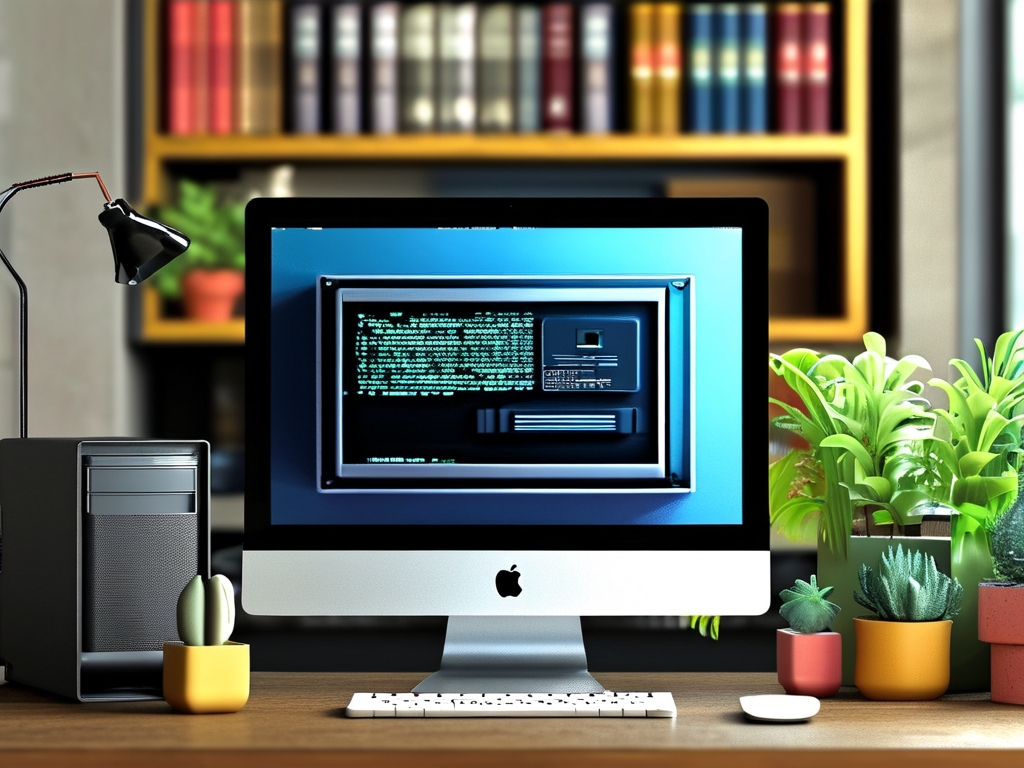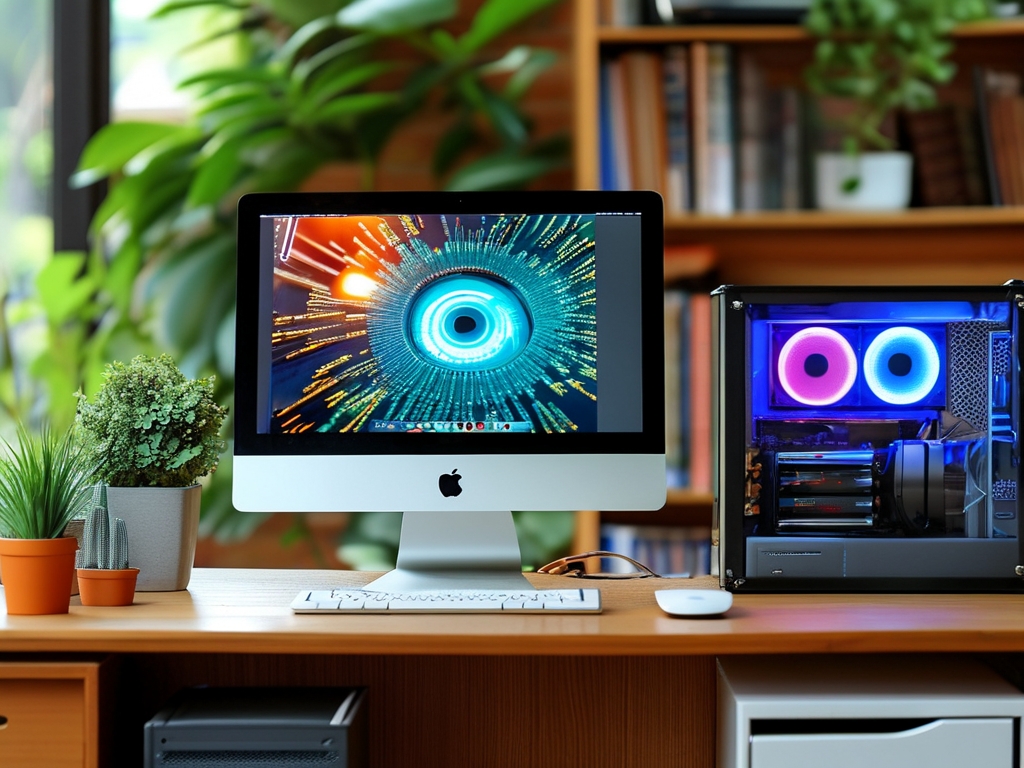In the realm of computer science and engineering, memory is a cornerstone of computational functionality. At its core, memory in an internal computer system refers to the physical or virtual components that store data, instructions, and intermediate results for processing. This article delves into how computers define and manage memory, exploring its hierarchical structure, addressing mechanisms, and operational significance.
1. The Fundamental Concept of Memory
Memory in computing is analogous to human short-term and long-term recollection. It enables computers to retain and access information necessary for executing tasks. Internally, memory is categorized into two primary types:
- Volatile Memory: Temporary storage that loses data when power is disconnected (e.g., RAM).
- Non-Volatile Memory: Persistent storage that retains data without power (e.g., ROM, SSDs).
Modern computers rely on a memory hierarchy to balance speed, capacity, and cost. This hierarchy includes registers, cache, RAM, and secondary storage, each serving distinct roles in data accessibility.
2. Physical vs. Virtual Memory
A critical distinction lies in how memory is addressed and managed:
- Physical Memory: Directly corresponds to hardware components like RAM chips. It is finite and managed by the memory controller.
- Virtual Memory: An abstraction layer created by the operating system (OS) to extend usable memory. It uses disk space as an extension of RAM through techniques like paging and swapping.
For example, when a program requests memory, the OS allocates virtual addresses, which the Memory Management Unit (MMU) maps to physical addresses. This process ensures efficient resource utilization and prevents conflicts between applications.
3. Memory Addressing and Organization
Memory is organized into addressable units, typically bytes. Each byte has a unique memory address, allowing the CPU to locate data precisely. Two key addressing modes are:
- Physical Addressing: Direct access to hardware memory locations (rare in modern systems).
- Logical Addressing: Uses virtual addresses translated to physical ones via the MMU.
The address bus width determines the maximum addressable memory. For instance, a 32-bit system supports up to 4 GB of RAM, while 64-bit systems theoretically handle 16 exabytes.
4. Memory Management Mechanisms
Efficient memory management is vital for system stability. Key strategies include:

- Dynamic Allocation: Assigns memory to programs at runtime (e.g.,
malloc()in C). - Garbage Collection: Automatically reclaims unused memory (common in Java, Python).
- Memory Protection: Isolates processes to prevent unauthorized access (enforced by the OS).
Memory leaks—a failure to release unused memory—remain a critical challenge, often leading to performance degradation or crashes.
5. The Role of Cache Memory
Cache memory, a small but ultra-fast storage layer, bridges the speed gap between the CPU and RAM. It stores frequently accessed data, reducing latency. Modern CPUs feature multi-level caches (L1, L2, L3), with L1 being the fastest but smallest.
Cache coherence protocols ensure consistency across cores in multi-processor systems, preventing data corruption.

6. Emerging Trends and Challenges
As computing evolves, memory technologies face new demands:
- Non-Volatile RAM (NVRAM): Combines RAM speed with persistence (e.g., Intel Optane).
- Quantum Memory: Exploits quantum states for ultra-secure, high-density storage (still experimental).
Memory security is also paramount. Attacks like buffer overflows exploit poor memory management, underscoring the need for robust coding practices.
7.
Memory definition in internal computer systems is a blend of hardware design and software orchestration. From physical RAM to virtual addressing, each layer ensures seamless data access and processing. As technology advances, innovations in memory architecture will continue to drive computational efficiency, scalability, and security.
In summary, memory is not merely a storage medium but the lifeblood of computation, enabling the intricate dance of instructions and data that powers modern computing.









